Gardens
Gardening and landscape design ideas to help you make the most of your outdoor living space.
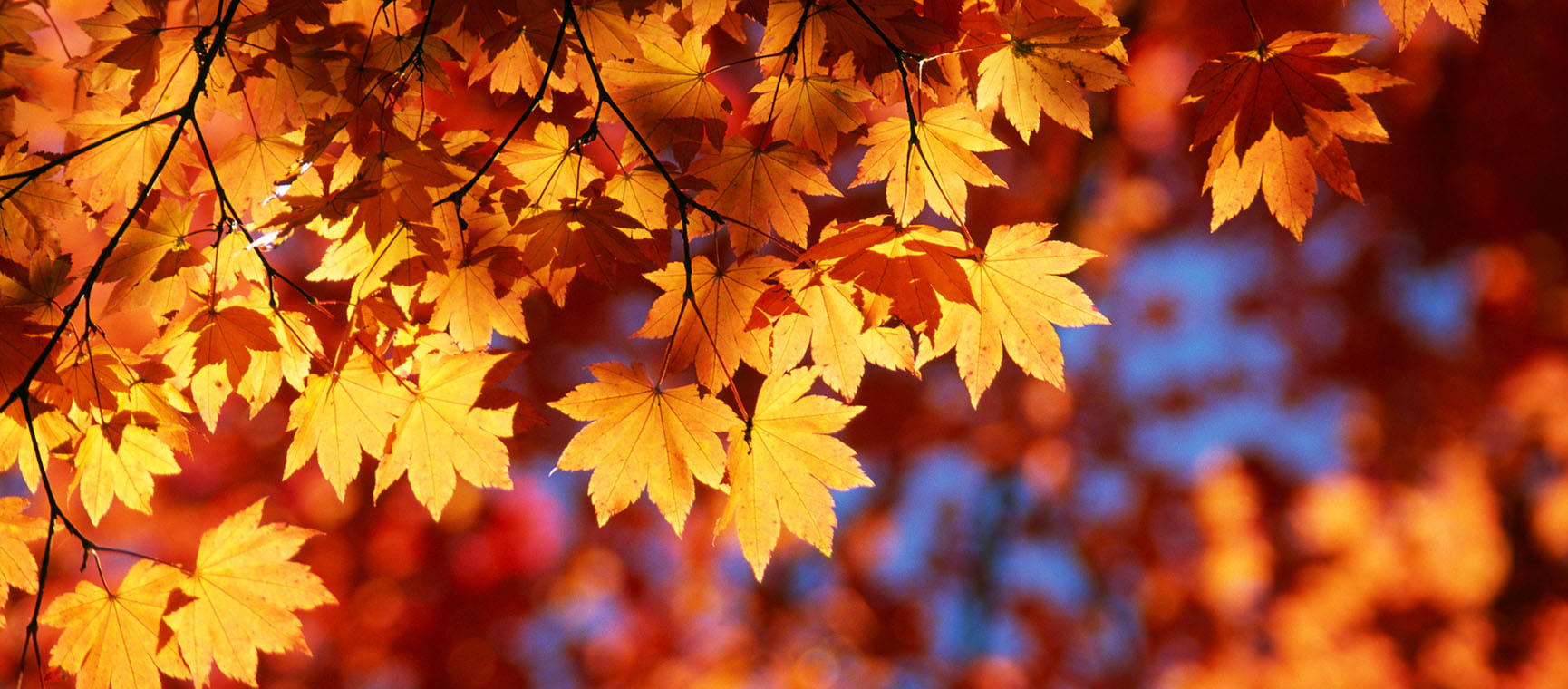
Gardening
Your free guide to autumn in your garden
Get growing this autumn by downloading our free colour gardening guide with a £5 money-off voucher for Dobbies Garden Centres.
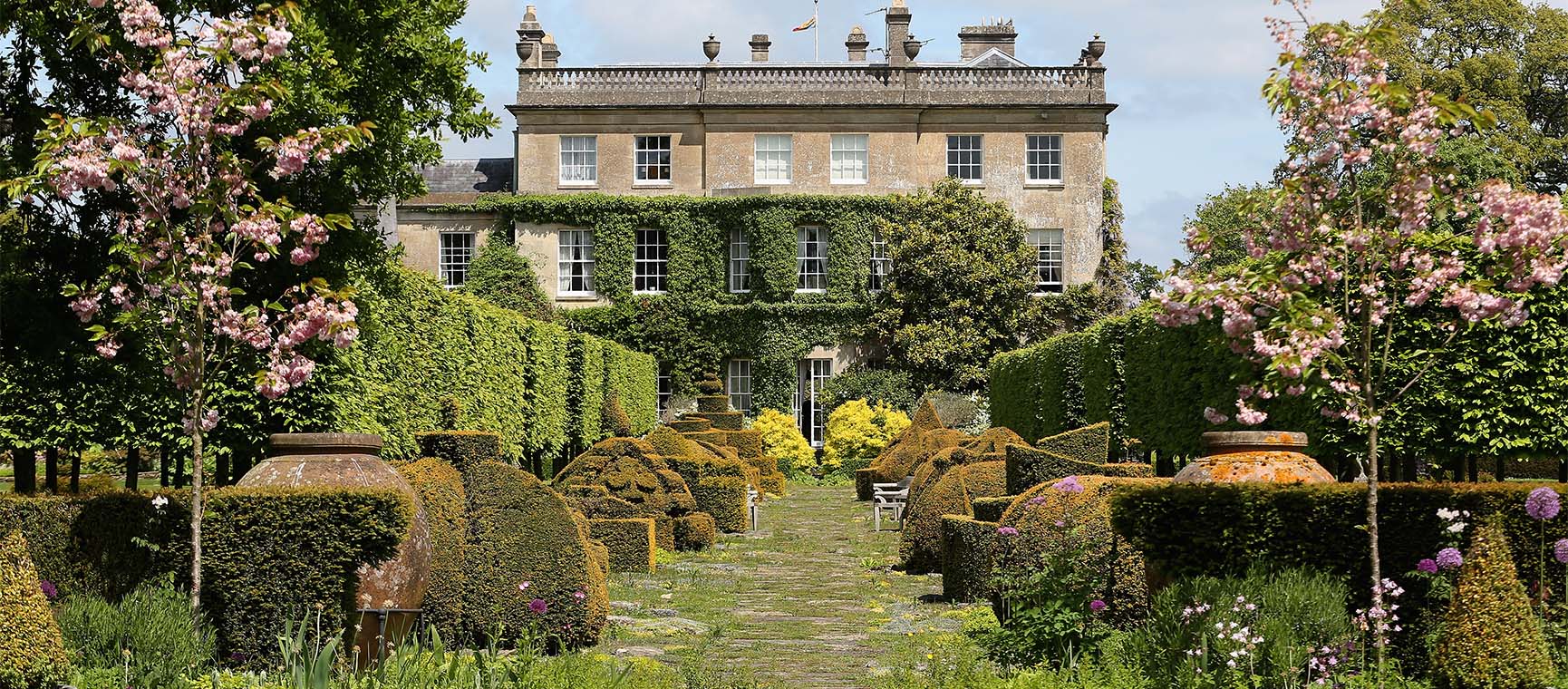
Gardening advice
5 surprising items to help keep pests out of the garden, from the King's ex gardener
A former Highgrove gardener shares his advice. If they’re good enough for the royals, they’re good enough for us.
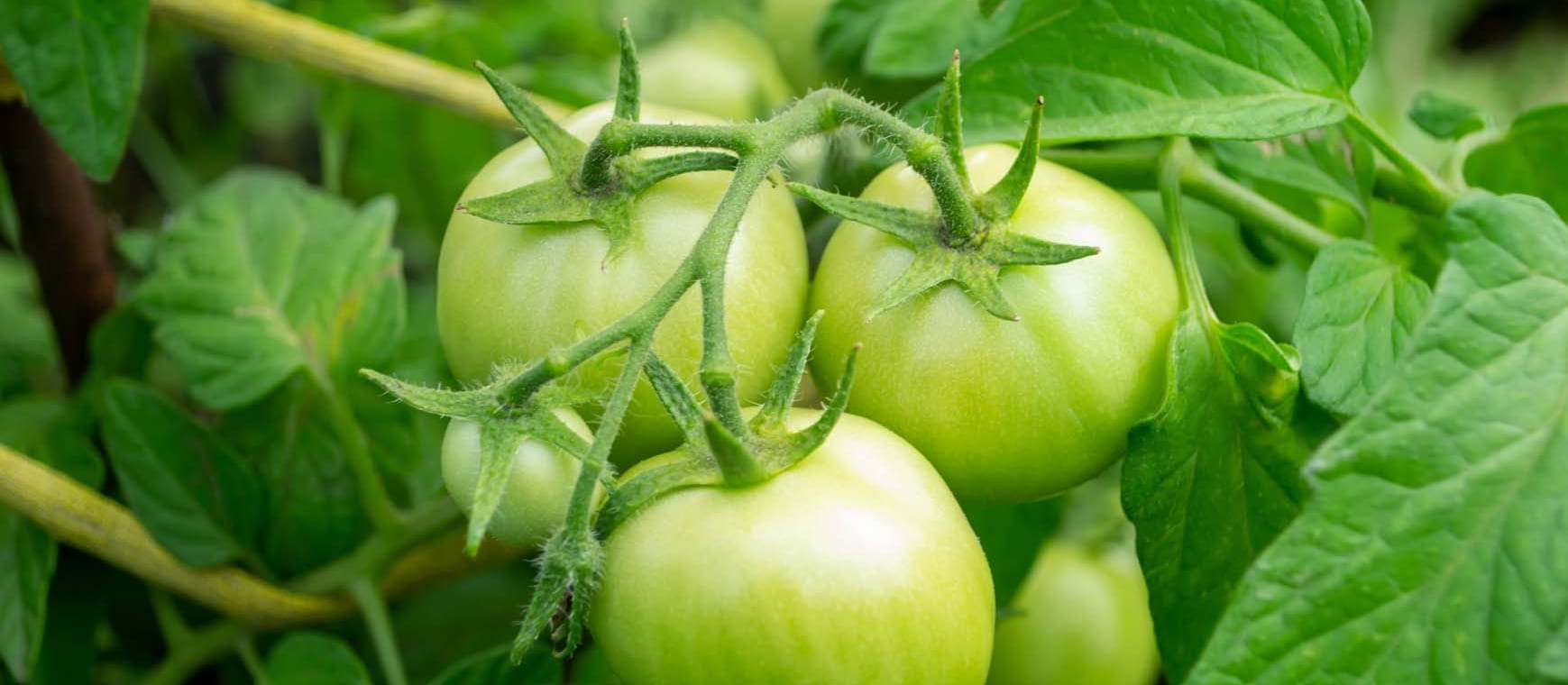
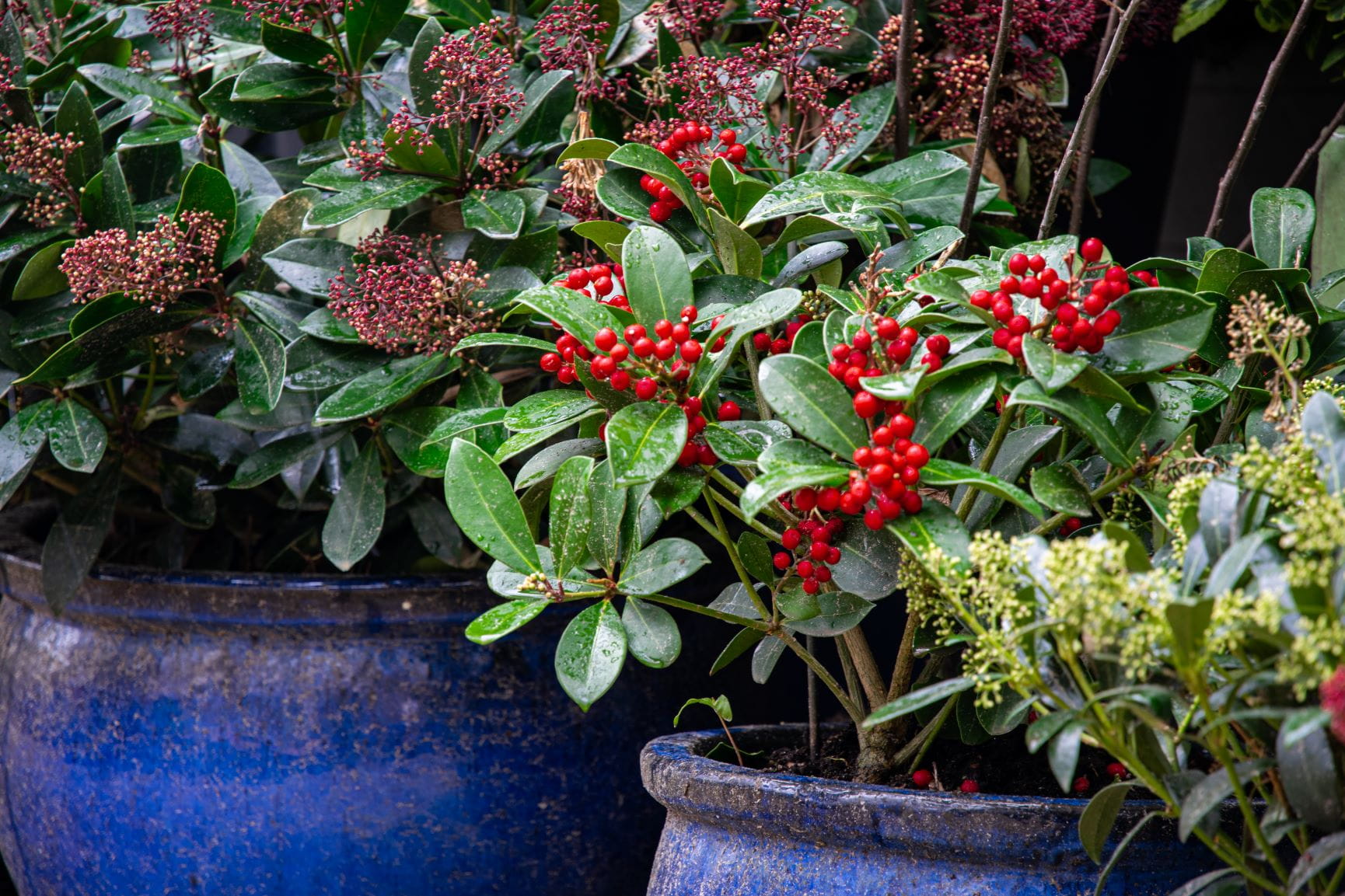
Gardening
The best plants for winter containers
Make the most of your winter containers with expert advice on the best plants for your pots to brighten your days right through to spring.
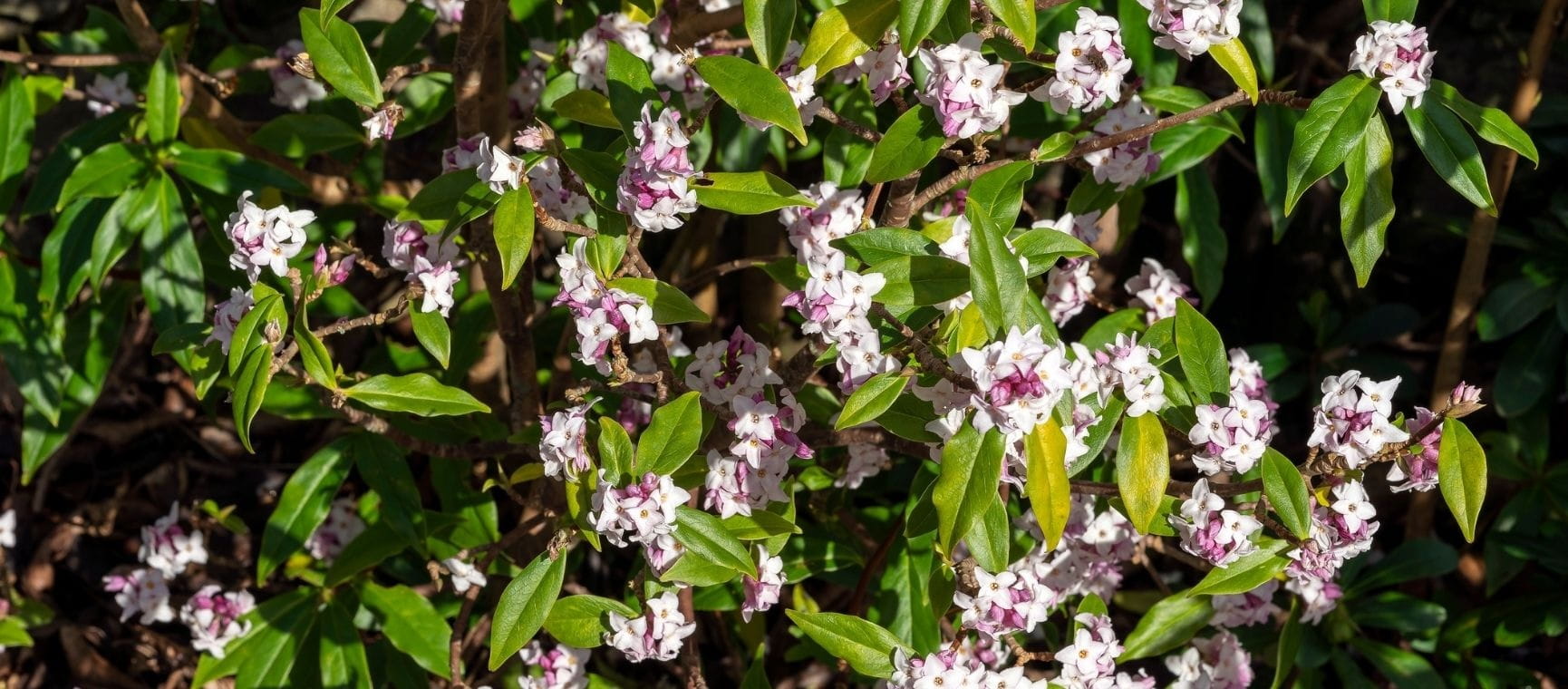
Gardening
The best year-round fragrant plants, shrubs and aromatic herbs
Bring the sweetest scents to your garden with our expert's choice of the best year-round fragrant plants and shrubs.
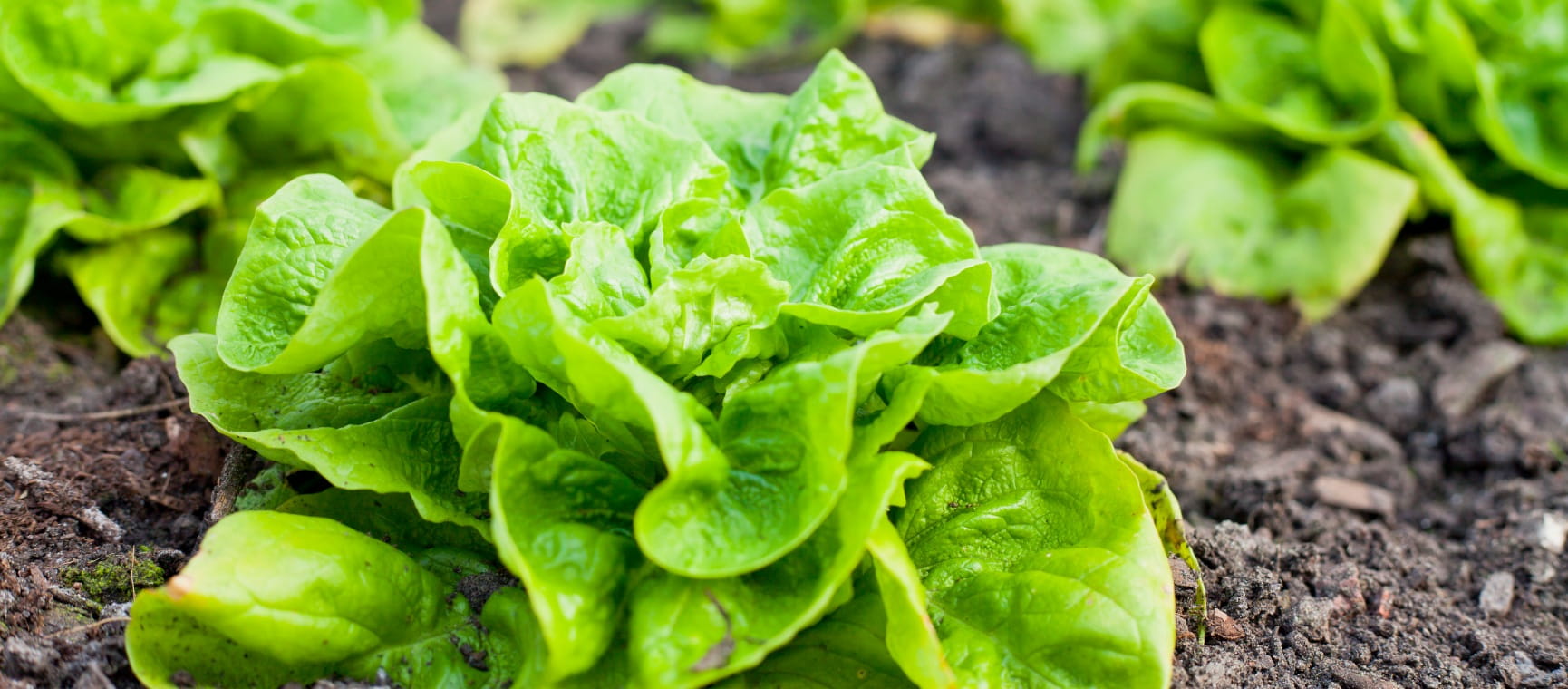
Gardening
How to grow winter salad - and the best seeds to plant
With some planning you can enjoy fresh salad vegetables over autumn and winter.

Gardening
How and when to plant bulbs for spring
We share our top tips on when and how to plant spring bulbs.
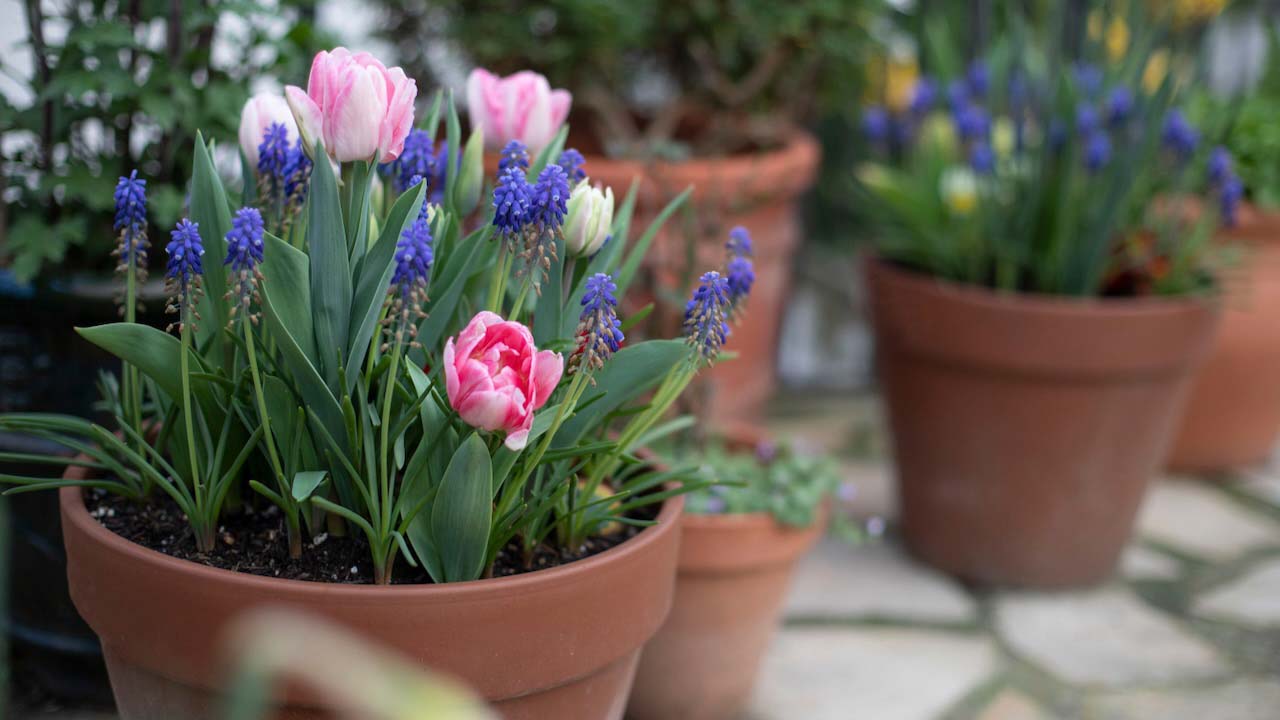
Small gardens
Monty Don's latest TV appearance reveals tips for planting spring bulbs
Now is the time for planting spring bulbs, and in a recent episode of Gardeners’ World, Monty Don provided some essential tips for growing them.
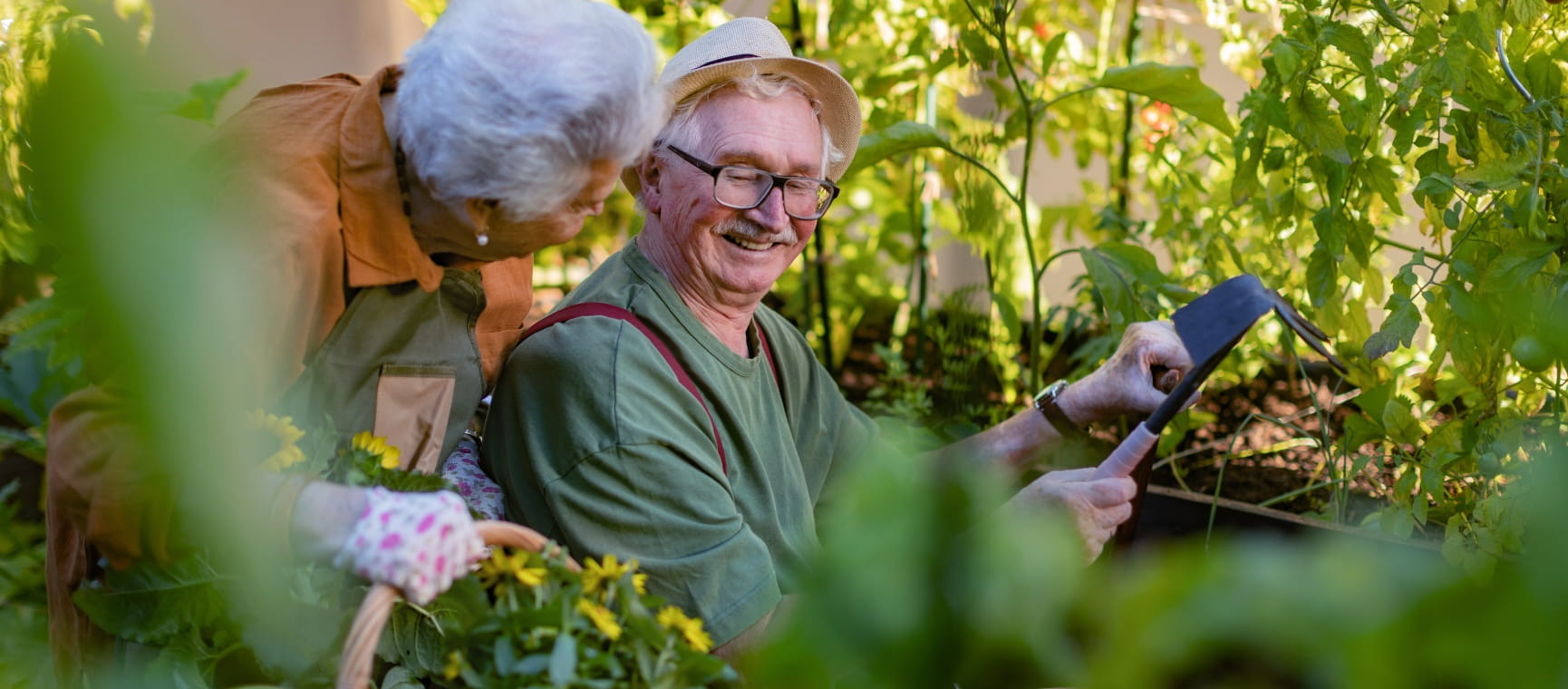
Gardening
How to keep gardening no matter what your age or mobility
Practical tips from an expert on how to make your garden more user-friendly and easier to maintain.
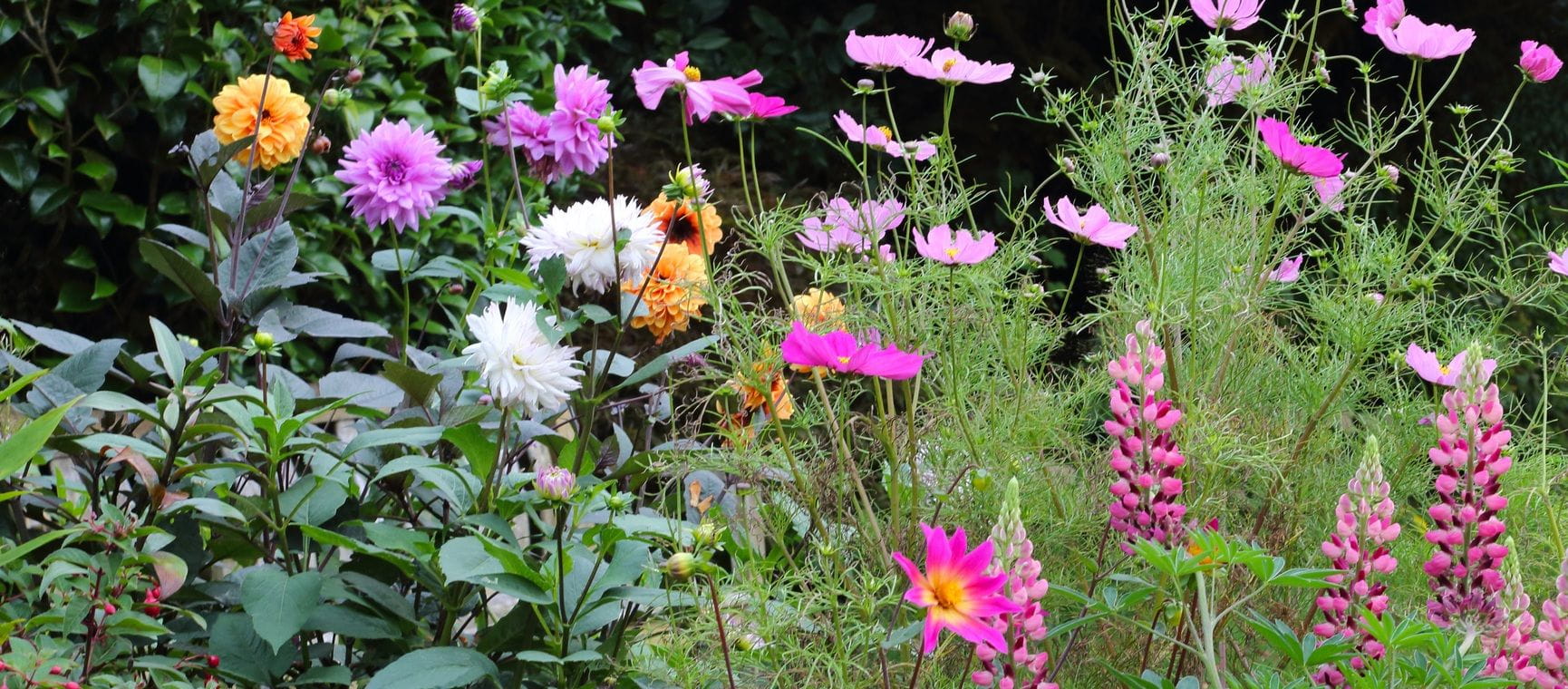
Gardening
Jobs to do in the garden in September
September is the perfect month to plan and plant for colour in the garden.
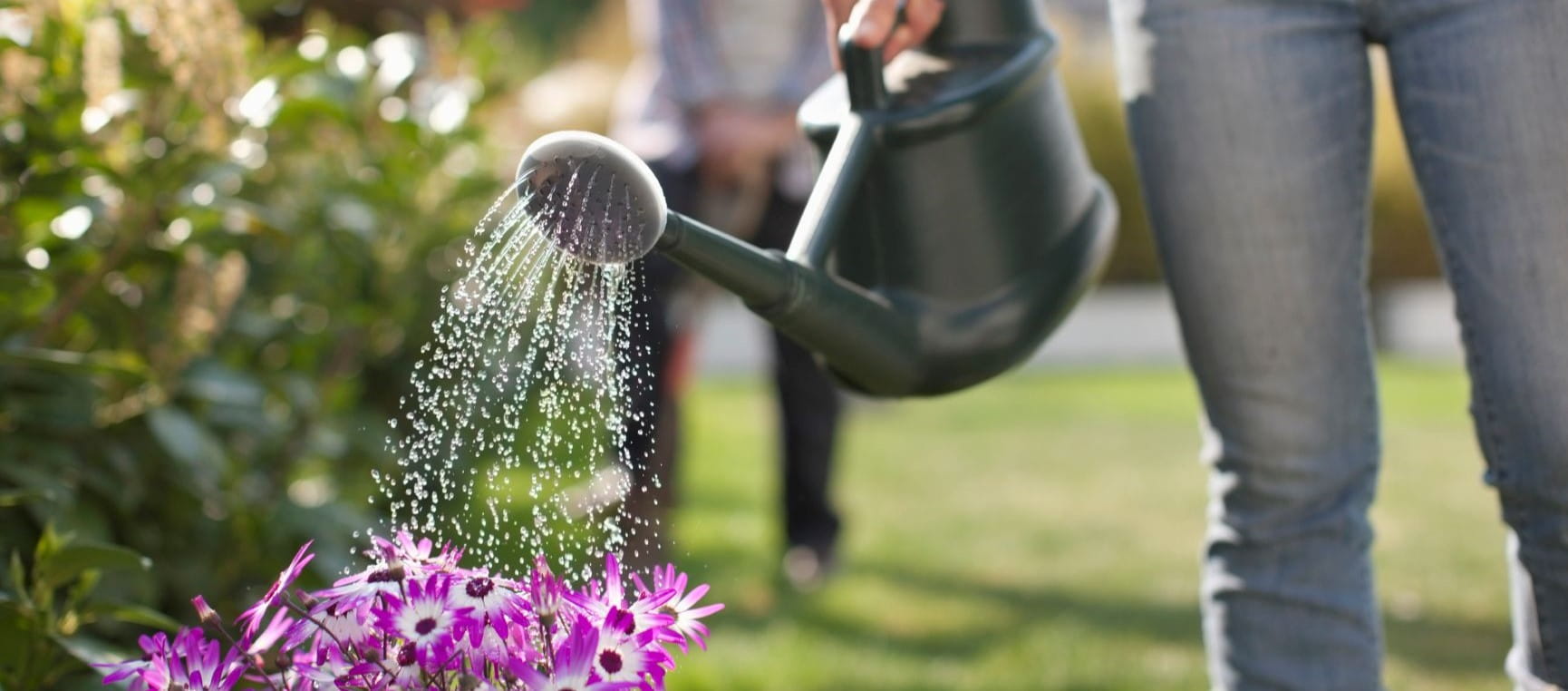
Gardens
Easy ways to save water in the garden and protect your plants
15 water-saving tips will help you conserve water in the garden and help keep your plants looking their best.
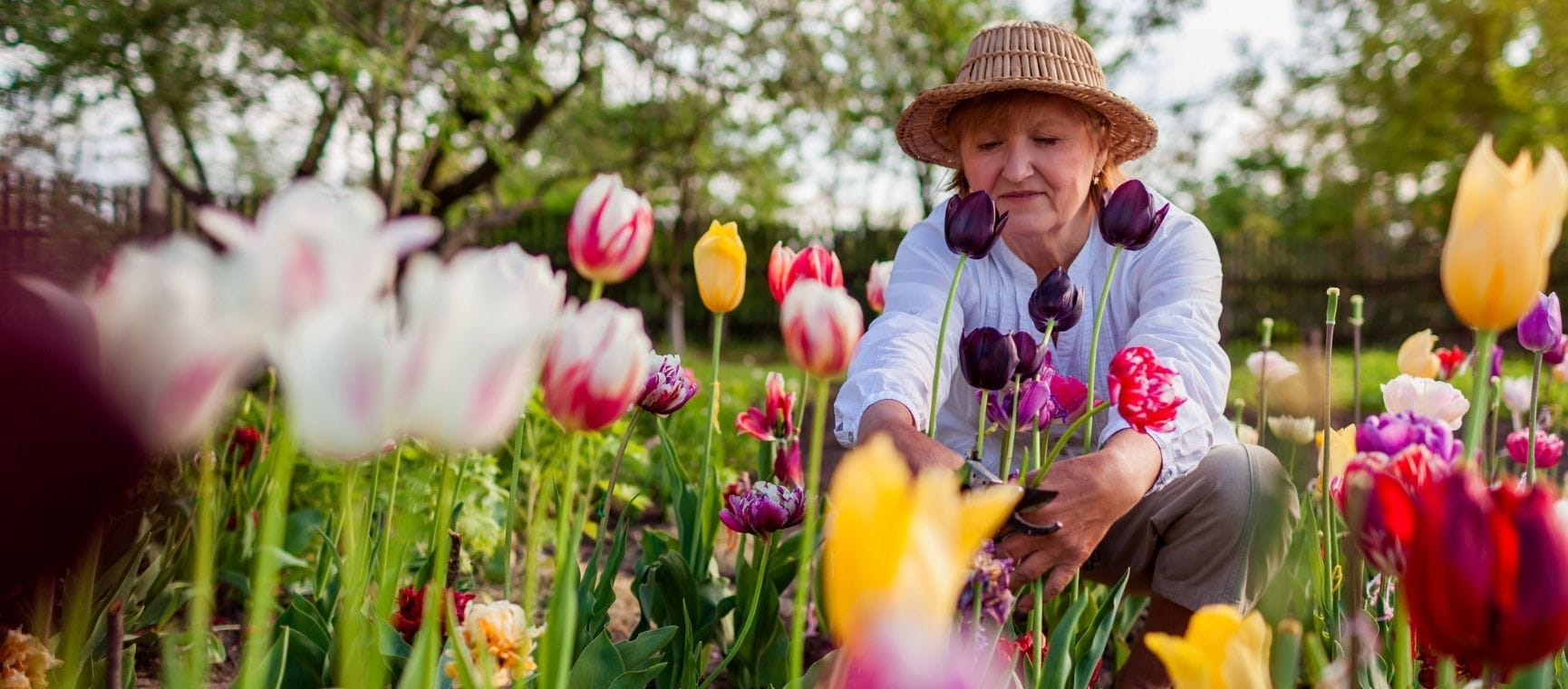
Garden advice
Jobs to do in the garden in April - 10 essential tasks to help you get ahead
Our comprehensive list of jobs to do in the garden in April covers everything from pest control and fertilising, to planting bare-root-roses.


Gardening advice
5 surprising items to help keep pests out of the garden, from the King's ex gardener
A former Highgrove gardener shares his advice. If they’re good enough for the royals, they’re good enough for us.

Download the Saga Magazine App
Perfect for browsing at home or on the go, the Saga Magazine app is packed with exclusive digital only content including interactive puzzles and games. You can even listen to some articles with our new audio feature.
Play our free daily puzzles
Beat the boredom and exercise your mind with our selection of free puzzles.



